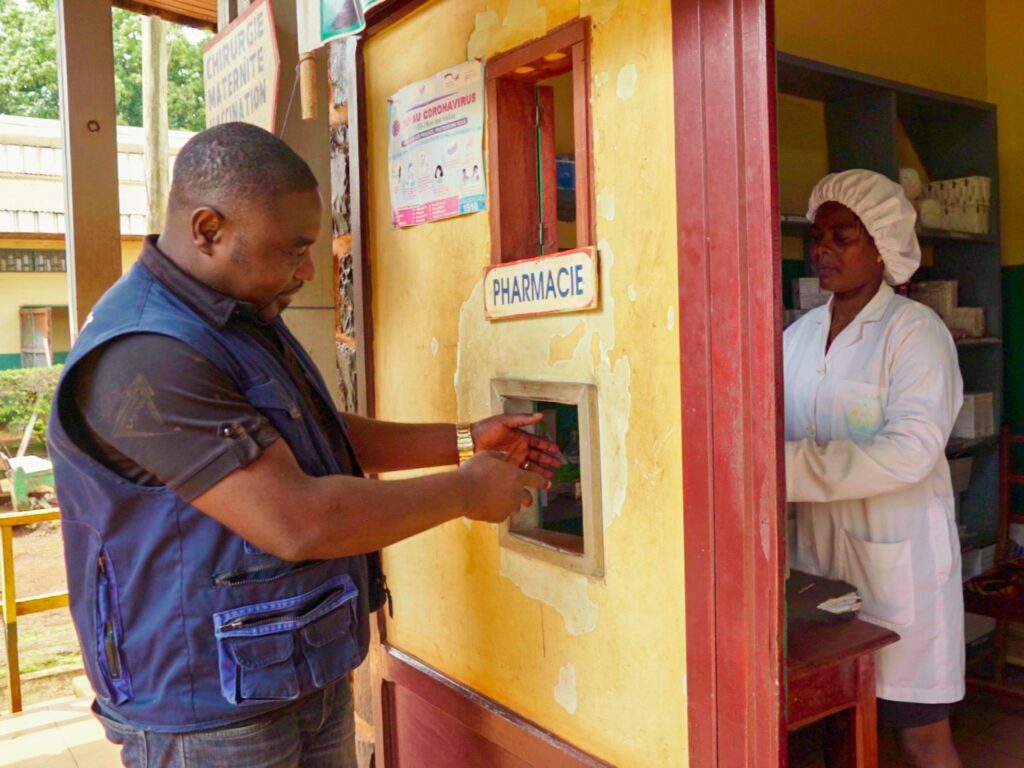HIV-Exposed Infants: Rethinking Care for a Lifelong Condition
HIV-Exposed Infants: Rethinking Care for a Lifelong Condition
Abstract
Each year over a million infants are born to HIV-infected mothers. With scale up of prevention of mother-to-child transmission (PMTCT) interventions, only 210 000 of the 1.3 million infants born to mothers with HIV/AIDS in 2012 became infected. Current programmatic efforts directed at infants born to HIV-infected mothers are primarily focused on decreasing their risk of infection, but an emphasis on maternal interventions has meant follow-up of exposed infants has been poor. Programs are struggling to retain this population in care until the end of exposure, typically at the cessation of breastfeeding, between 12 and 24 months of age. But HIV exposure is a life-long condition that continues to impact the health and well being of a child long after exposure has ended. A better understanding of the impact of HIV on exposed infants is needed and new programs and interventions must take into consideration the long-term health needs of this growing population. The introduction of lifelong treatment for all HIV-infected pregnant women is an opportunity to rethink how we provide services adapted for the long-term retention of mother–infant pairs.


